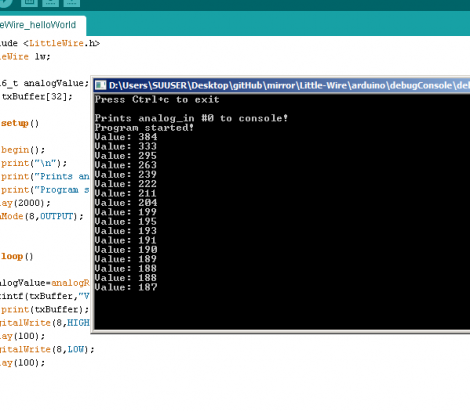
This is a Nokia 6300 screen. It’s a 320×240 display that has about 2″ of diagonal viewing area and boasts 24-bit QVGA TFT technology. It’s going to look fantastic in your next project and it won’t be hard to get up and running thanks to the hardware and software guide which [Andy Brown] put together. He chose this display because of its features, but also because it’s really easy to source and can be had for $5-7 delivered. The guide is aimed at working with the Arduino MEGA, but we’re sure you can port it for just about any microcontroller you’d like.
Much like the FPGA PSP display we just looked at, [Andy] chose to design his own PCB to host the LCD. This makes it a snap to attach the LCD — literally, since he managed to source the correct snap-in connector. The board also hosts a constant-current LED driver which takes care of the backlight, and allowed him to build in a level converter (since the screen communicates at 3.3V but Arduino uses 5V logic).
The software tutorial is lengthy but impressive. We’re surprised at the performance he gets out of the AVR chip. See the screen cycle through a set of demos after the break.
Continue reading “Driving A Nokia QVGA Screen With Arduino (or Any UC)”
















